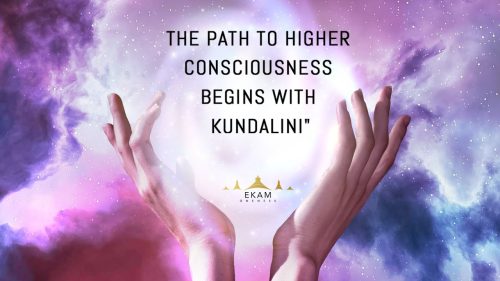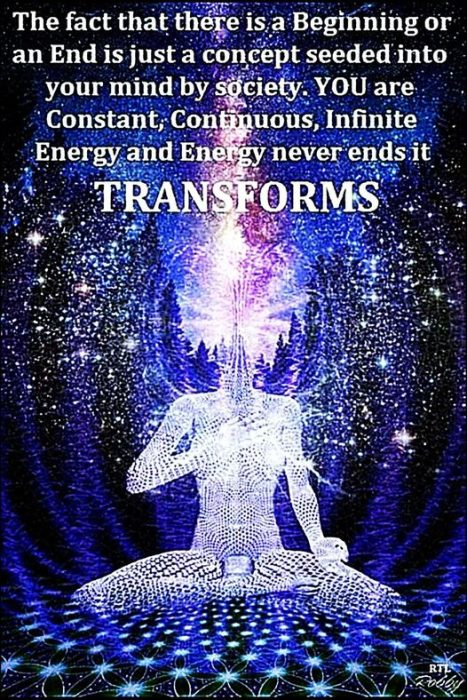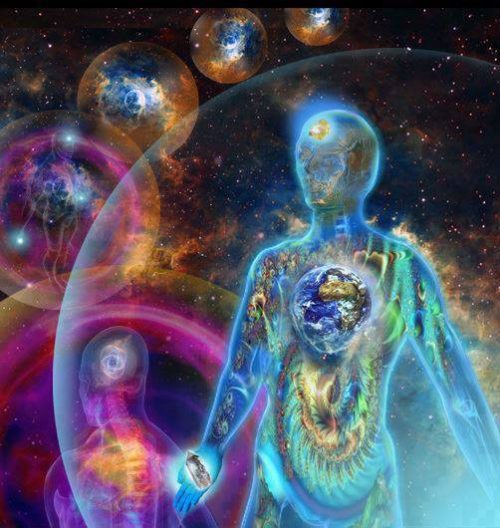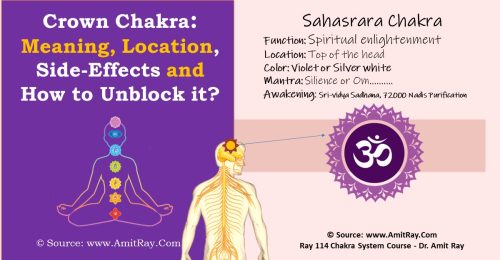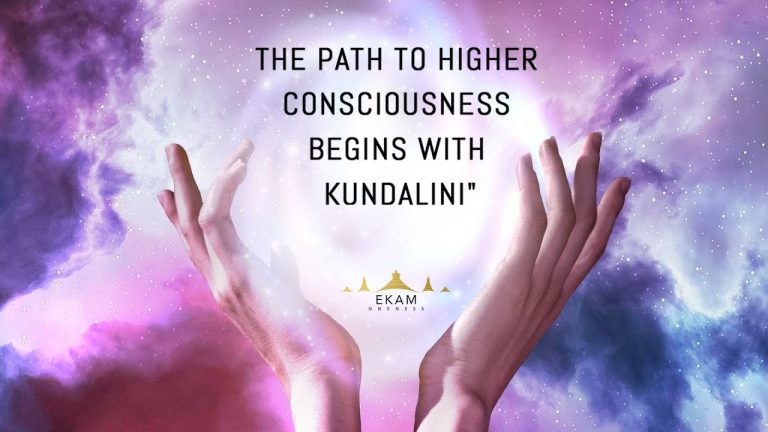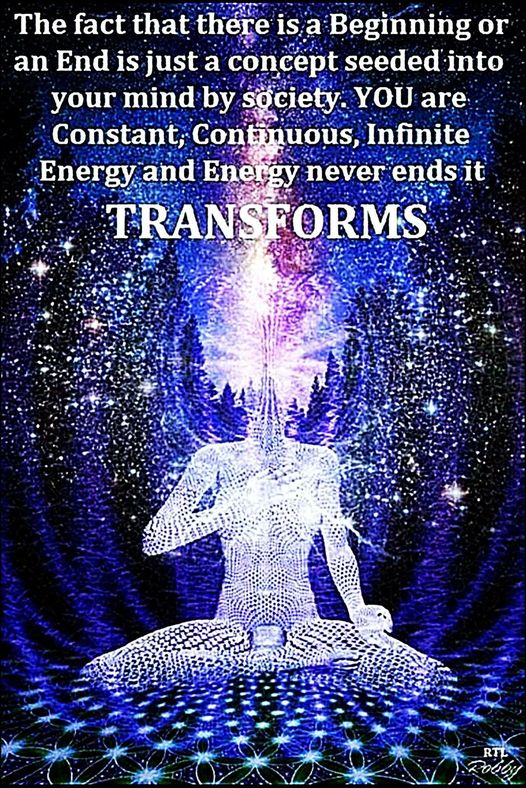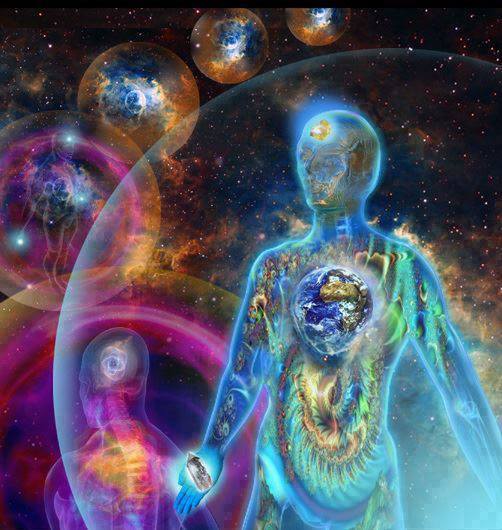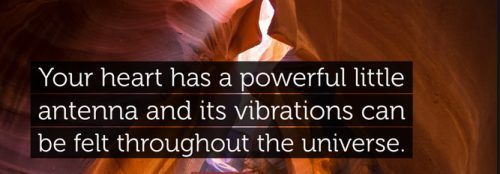
Kundalini – Opening for us the dimension of the spontaneous synthesis between the Finite and the Infinite, thus completing the grand task of the previous incarnations. Indeed, the opening of the fontanel bone at the top of the brain) by the thing Kundalini is the opening of the egg’s shell: the new man, the new Adam is born. Healing comes through the Second Adam. Notice this passage of Scripture in 1 Corinthians 15:22: “For as in Adam all die, so in Christ all will be made alive.” The Greek word for “made” is zoopoieo and translates as “to revitalize” or ((make alive again.” The first Adam brought us death, but the last Adam (or second Christ) has resurrected us. We are all “born again.”
That aspect of Kundalini as well that is resident in the human physical frame, would be resonant with the concept of the Second Adam. That Kundalini in man is typically dormant normally.
There were two Adams—the First Adam created on the first day (emanation) and the Second Adam created on the sixth day
Healing comes through the Second Adam.
If, in fact, Christ was the last Adam, as recorded in Romans 5:12-14, then is it not reasonable to assume that Adam was a kind of first Christ? If so, could that not also mean that the birth of Jesus was a kind of Second Coming of Christ? And would not His coming as Christ mark the end of the age as it was prior to His arrival? The world prior to the coming of Christ was dominated by Adam’s sin and the subsequent “death sentence” of all succeeding humans. Through the coming of Jesus—the last Adam—we gained a new world and were presented a new consciousness. Notice this passage of Scripture in 1 Corinthians 15:22: “For as in Adam all die, so in Christ all will be made alive.” The Greek word for “made” is zoopoieo and translates as “to revitalize” or ((make alive again.” The first Adam brought us death, but the last Adam (or second Christ) has resurrected us. We are all “born again.”
Adam walked and talked intimately with God until the Fall. Jesus, the second Adam, came to restore that intimacy and link us back to God. That link comes through the filling of the Holy Spirit within the Body of Christ, the result of which is that God’s will is fulfilled in the natural realm, causing the supernatural and the natural realm to become one
What was lost through the first Adam has been restored through the second Adam, Jesus, 1 Corinthians 15:45
Under this lotus he sees the brain floating, in which he discovers Consciousness (Siva), seated; united in love with Energy (Sakti) and thus giving birth to Will that creates preserves and destroys.
There is no difference between Siva as the possessor of power (Saktiman) and Power as It is in Itself. The power of Consciousness is Consciousness in its active aspect. Whilst, therefore, both Siva and Sakti are Consciousness, the former is the changeless static aspect of Consciousness, and Sakti is the kinetic, active aspect of the same Consciousness.
However, we must remember that the terms Shiva and Shakti are in-dications of universal powers that transcend all names and limitations.
Inner Self: The deepest level of a human being, beyond the individual ego, in which the individual consciousness and the universal consciousness are experienced as one.
The very process of piercing the chakras (Sanskr. sca(cakrabheda —”piercing the six wheels”) is considered as being a fundamental aim of the practice of Kundalini yoga, while the adept should never forget that Kundalini is the female energy of the Goddess.
According to Tantrism, being the moving force of the Cosmos, Kundalini swallows the whole world of the phenomena in her womb — darkness, space, and voidness by identifying herself with the Eternal Spirit, which in Hindu philosophy, is identified with the cosmic man, Purusha.
The more he rises up, the more all limitations fall off from him one after another, till at last passing through the centres (Chakras) known as Anahata and Visuddha in the path of the Sushumna, he gets into the sixth plexus (Ajnachakra), opposite to the region lying between the two eyebrows and almost loses himself at the sight of the infinite glory of the Eternal Spirit and then passing through a small foramen that pierces the piece of a piamater which forms a part of its roof, goes beyond the pairs of cerebral lobes which constitute the brain, the centre of almost all activities, to the peaceful abode of Brahma (the creator).
When he thus passes into the subarachnoid region (Brahmaloka), full of cerebro-spinal fluid and a network of fibrous tissue, it appears to him like an inverted lotus of myriad petals on account of its hemispherical concavity. Under this lotus he sees the brain floating, in which he discovers Consciousness (Siva), seated; united in love with Energy (Sakti) and thus giving birth to Will that creates preserves and destroys. In this exalted position of a peaceful and quiet witness, he realises his all-perfect and infinite nature and thus becomes liberated.
This onward movement of the ego from the seat of Kundalini to the lotus of myriad petals has been found out to be of five kinds, either like that of an ant, a fish, a snake, a frog, or a monkey, according to the intensity of its desire to realise the goal. Thus, we learn from our ancient sages: ‘One hundred and one canals have emanated from the heart. One of them has gone beyond the cerebrum piercing through it. When a man goes up by that he becomes immortal. Other canals, going in various directions cause repeated births and deaths.’ (Katha Upanishad, 6.16).
This is the usual method of realising the highest Truth. But the soul, being really infinite, cannot have any motion; for how can infinity go from one place to another, it having no outside and so nowhere to go to?’
The essence of Kundalini yoga is to be found in the concept of energy. In the human body, this energy is believed to rest at the base of the spine in a coiled form. A Yogi or Yogini is able to locate this coiled energy within his or her own body and raise it up through the six chakras within the body to the level of the seventh chakra which is at the very top of the skull. “Energy” may be one of the most overused terms in the New Age movement, so we should perhaps spend a little more time explaining what the authors of the Tantric texts meant by the expression. The word that Woodroffe translates as “energy” is the name of a Hindu goddess, Sakti. Sakti is the wife or consort of Siva, and their union is often immortalized iconographically as the male and female deities in the act of coition. Sakti, according to Woodroffe, is Power, whereas Siva is Consciousness.’
Thus, the act of Kundalini yoga is nothing less than the application of Consciousness to Power: the deliberate act of will in raising the Serpent Power through the seven levels to attain the ultimate illumination. Methods for doing this vary, but in the main they involve meditation, controlled breathing, visualization. It is a passive process when performed by a single individual, an introverted looking-within and a conscious raising of the power from chakra to chakra, with visualizations appropriate to each of the seven chakras including particular mantras, Sanskrit syllables, gods and goddesses, etc.
In other words, the system bears a lot of similarities to that of the merkavah literature, which posits different angels for each of the seven heavens, different words to be used at each level, etc. In the case of Kundalini yoga, the system is much more articulated and defined; often, in the merkavah texts, there is a lack of detailed information on each of the seven heavens: they are merely places to get through on the way to the Throne.
Yet there is no escaping the fact that the seven chakras correspond to the seven lokas or seven bhumis: seven celestial realms. There is clearly an ascent up a pole or pillar—in this case, the sushumna nadi that runs from the base of the spine to the top of the head — through the seven localities to the ultimate goal. The Throne for the practitioner of Kundalini yoga is the thousand-and-one-petaled lotus. Siva sits on this Throne, just as Sakti is coiled at the base of the spine.
The act of raising Kundalini is to bring the goddess Sakti to union with the god Siva, analogous to uniting the female Shekhinah with the masculine Kether in the Kabbalistic format. In both Kabbalah and Tantra, the ultimate goal is the uniting of the male and female essence in a sacred marriage, or hieros gamos. The mystic in both cases, through a process of discipline, concentration, and meditation, unites these two elements in himself (these practices have largely been written by men and from a male perspective), and this unio mystica causes an explosion of consciousness. In both cases, the process involves a celestial ascent.
THE MAJOR CHAKRAS
The six important chakras are positioned horizontally within the astral spine (sushumna nadi). They arc transformers for the main dynamo of energy, the seventh and highest chakra, the sahasrara chakra (1,000-petalled lotus), located in the upper brain and beyond. This crown chakra is often illustrated in portraits of saints and Jesus, the Christ, as a halo of bright light around and over the head, indicating illumination and liberation of consciousness.
The chakras are also referred to metaphorically in the yoga scriptures as lotuses, their rays of energy forming the petals. Each chakra has a certain number of petals. In the ordinary person whose mind is operating in the lower centres or planes of consciousness, these petals are turned downwards, their rays of energy flowing out toward the senses. The yogi, through yoga practice* (Asana, Pranayama, Kriya medi-tation) and right attitude turns the petals upward, pointing toward the brain, creating an upward flow of energy to the higher chakras. Sri Kriyananda says in his 14 Steps to Joy, ‘Right attitude keeps the whirlpool of self-realization expanding outward to infinity, instead of becoming locked in a narrow cycle of ego-limitation.’ The dormant kundalini pranic energy stored at the base of the spine is awakened by the practice of yoga techniques, spiritual practices (sadhana) with a spiritual consciousness.
When this powerful kundalini energy is activated it rises upwards through the astral spinal pathway piercing each chakra as it ascends. When the kundalini reaches the highest chakra at the crown of the head (sahasrara) the yogi becomes perfectly detached from his or her body and mind, and enters into nuvikalpa samadhi, the blissful superconscious state in which the yogi realizes his or her oneness with God. In this state the enlightened yogi is freed from all limitations caused by time and space. After the experience of this samadhi, the yogi continues to live and move in the world like any other person, but with one difference: the yogi’s consciousness is always of the highest realization, in which there is no distinction between him or her and God.
